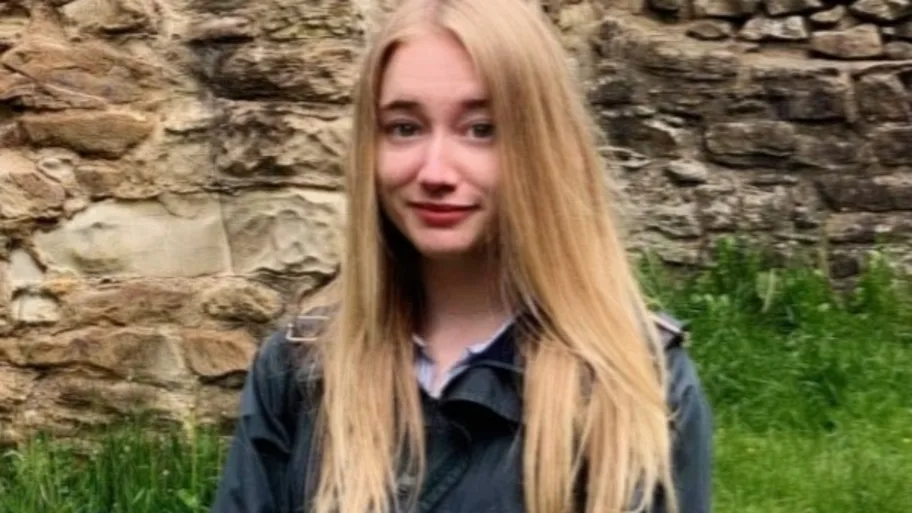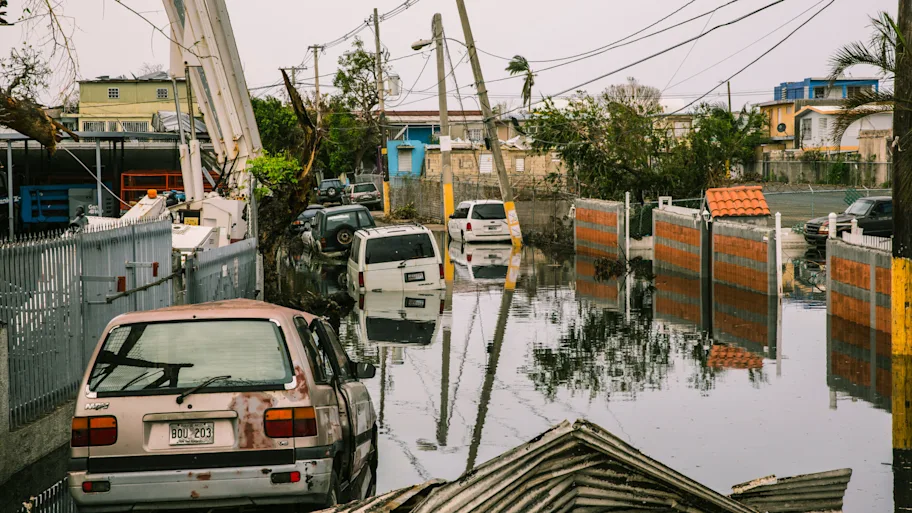
- Science News
- Humanities
- In the aftermath of disaster, social media helps build a sense of community
In the aftermath of disaster, social media helps build a sense of community

— By K.E.D. Coan
Social media can disseminate critical information as well as unite disaster victims during their recovery efforts, suggests a study published in Frontiers in Communication.
After natural disasters communities rely heavily on local governments to provide the necessary resources and information to respond to such disasters, but these approaches are not well equipped to meeting individual needs.
As a complement to traditional methods, social media can provide a more personalized resource as well as fostering a sense of community in response to the crisis.
“A relatively organized social media resource can go a long way to ensuring that people’s needs can be met;” said Douglas Paton, a professor of Psychology at Charles Darwin University and lead author of the study; “This is the first paper to explore whether people’s engagement through Facebook could translate into the development of more enduring, functional relationships.”
Following a wildfire in Tasmania in 2013, the local community used a Facebook page developed by co-author Mel Irons, Tassie Fires – We Can Help, to relay details about disaster relief efforts and resources. The site also provided an opportunity for people to share their individual situations, needs, and reactions—and to connect with other people who might find themselves in similar circumstances.
After the wildfire, the Facebook site users could complete a questionnaire about their thoughts on the Facebook page. Paton and his colleague, Irons, studied their responses to measure the impact of the page, particularly as a community building resource.
The user feedback was largely positive for both the site’s informative value, as well as how it provided new opportunities for people to help each other. Users reported that they “couldn’t help wanting to be a part of it all” and that “the cause became personal and it was great to feel like part of the solution.”
Researchers have suggested that reaching out to others and building a sense of community can accelerate recovery efforts, as well as build an enduring local framework for the future. These findings confirm how social media can play a critical role during and after disasters, and that there is even greater potential when these networks also bring people together.
“Social media will play increasingly pivotal roles in disaster response and recovery;” said Paton, “It becomes more important to ensure that its use extends beyond information (which will remain important) to also include developing a resource for mutual support and encouragement over the longer term.”
Read the full article in Frontiers in Communications.
REPUBLISHING GUIDELINES: At Frontiers, open access and sharing research is part of our mission. Unless otherwise noted, you can republish our articles posted in the Frontiers blog – as long as you credit us with a link back. Editing the articles or selling them is not allowed.






